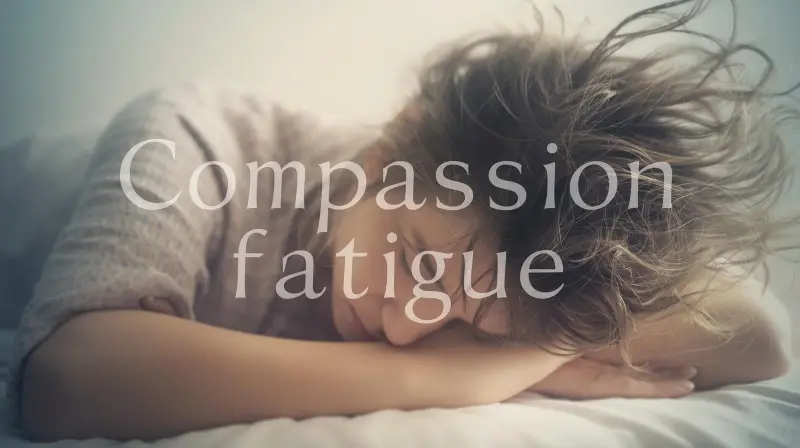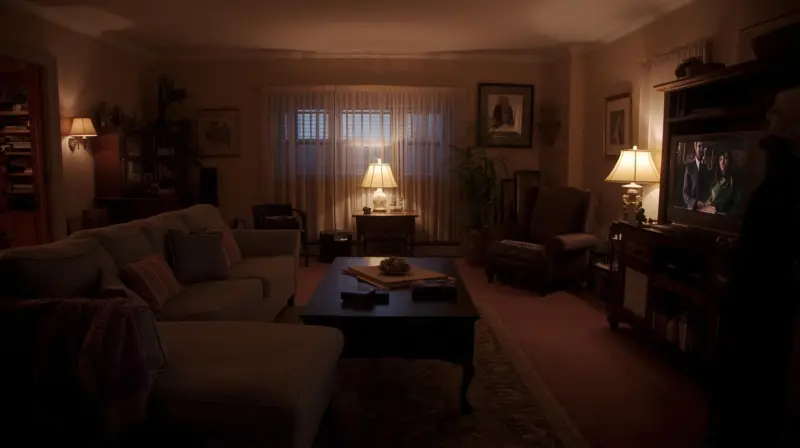In today’s fast-paced internet environment, the question of whether traditional celebrities or fashion influencers wield more influence over the latest trends in the fashion industry is more relevant than ever. As trends shift with a click, our sources of style inspiration and fashion preferences are also evolving. The fashion endorsement landscape, once dominated by the glitz and glamour of celebrities, singers, and athletes, is now being reshaped by the impact of social media users. These digital trendsetters, with their authentic relationships and real-time interactions, have captivated viewers’ attention. This shift towards authenticity mirrors a broader change in modern consumers’ preferences, who value approachable and reliable voices over celebrities. Understanding the unique strengths of both influencers and celebrities in this dynamic field is crucial for navigating the ever-shifting world of fashion trends and consumer preferences. While there is a shift away from traditional celebrity endorsements, their influence remains robust.
New Age Fashion Influencers
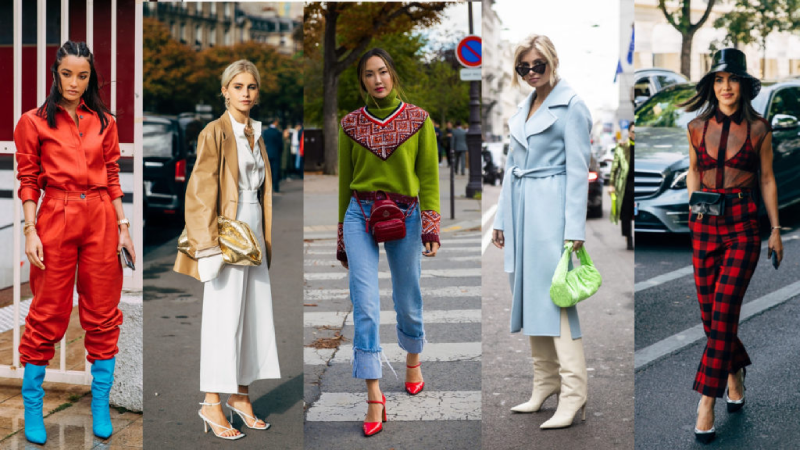
These new-age fashion influencers, who have gained prominence through their online activities, are diverse. They include average individuals who have turned their love for fashion into famous online personas, bloggers, vloggers, and fashion enthusiasts. What sets them apart is their unique aesthetic, sincerity, and ability to connect intimately with their followers.
How do they grab the public’s attention?

New-generation fashion influencers have established a distinct niche for themselves within the ever-evolving realm of fashion. They are influential people in the fashion business because of their capacity to draw attention through genuineness, exciting material, and face-to-face communication.
· Authenticity and Relatability:
One of the main selling points of new-generation fashion influencers is their genuineness. They are more approachable than conventional celebrities because they frequently post real-life stories and behind-the-scenes photos. Their followers have a tremendous sense of trust because they know them personally.
· Engaging Content:
These influencers are content creators extraordinaire. They employ captivating films, interactive storytelling, and excellent graphics to keep their audience interested. Their ability to produce engaging and aesthetically appealing material guarantees a mesmerizing impression on the followers.
· Direct Interaction:
Unlike conventional celebrities, modern fashion influencers usually interact with their fans via live sessions, direct messages, and comments. Their impact is further increased by fostering a community around their business through direct engagement.
How do they influence people’s choices?
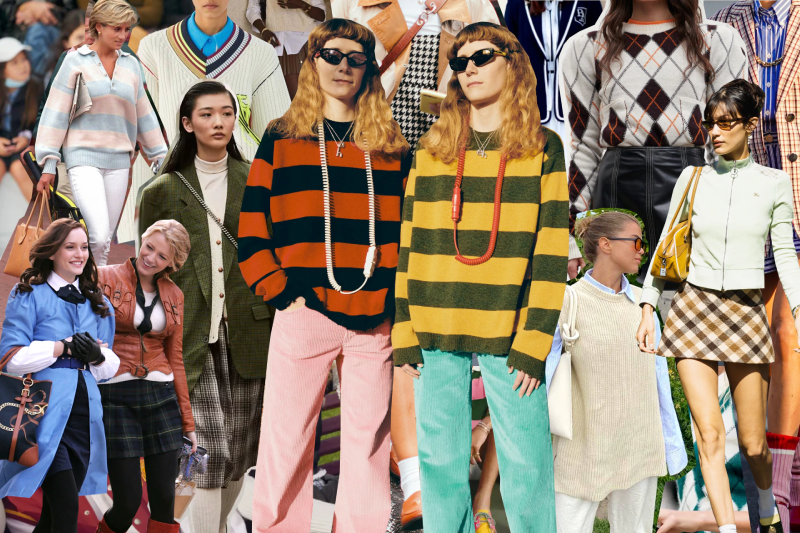
· Trendsetters:
In the realm of fashion, influencers often set trends. A new brand or style can quickly gain popularity among an influencer’s followers. They are influential fashion tastemakers due to their ability to recognize and popularize trends, thereby significantly impacting consumer behavior.
· Personalized product recommendations:
Influencers hold significant sway over their audience due to the trust they establish. Customers follow influencers they respect and look up to, which instills a sense of confidence in their recommended items.
· Catering to niche markets:
Numerous influencers specialize in specific markets, such as streetwear, plus-size apparel, or sustainable fashion. Using this focused strategy may affect the buying decisions of highly engaged and niche audience segments.
· Real-time engagements:
Influencers provide real-time critiques and suggestions through social media surveys, Q&A sessions, and immediate feedback. This instantaneity empowers followers to make speedy and informed purchasing decisions, putting them in the driver’s seat of fashion trends.
Traditional Celebrity Endorsing
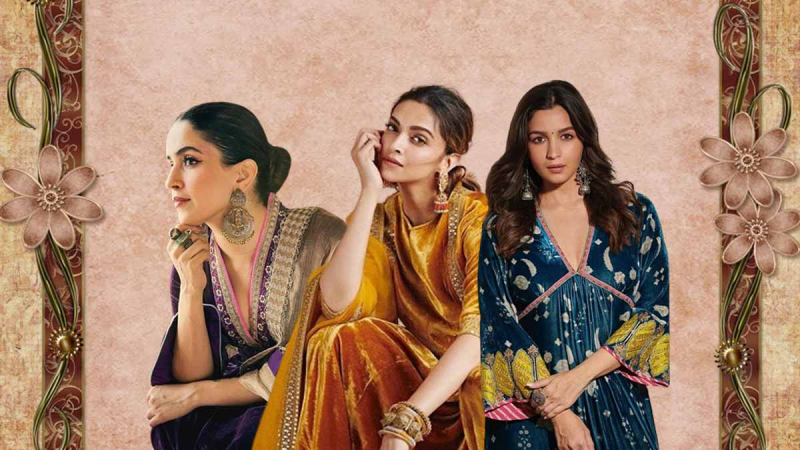
Traditional celebrity endorsement, a long-standing practice in the fashion industry, continues to hold sway. These celebrities, often chosen for their alignment with a brand’s image and values, have the power to draw attention and spike customer interest. Their endorsements are based on the belief that consumers are more likely to trust and purchase products recommended by well-known figures. While new-age fashion influencers are making significant waves, the enduring impact of traditional celebrities in shaping consumer behavior and driving brand success cannot be underestimated.
How do they grab the public’s attention?
· Widespread Recognition:
Celebrities, with their involvement in sports, entertainment, and other high-profile industries, are widely recognized by the general public. Their endorsements, reaching a wide range of people, create a sense of exclusivity and privilege for their followers.
· Prestige and Glamour:
Celebrity endorsements are incredibly alluring since they are often associated with a wealthy and distinguished lifestyle. A thing’s perceived worth and appeal increase when a well-known person endorses it. Their glamour makes them prominent figures in influencing fashion trends.
· Large fan base:
Celebrities and followers frequently share a solid emotional bond developed over years of engagements and performances. Because followers are more prone to imitate the decisions made by their idols, this relationship may have a significant impact.
· Media Coverage:
The media pays close attention to celebrities, frequently covering their endorsements in great detail. Thanks to the media buzz surrounding celebrities, an advertising campaign might have a greater reach and maximum awareness.
How do they influence people’s choices?
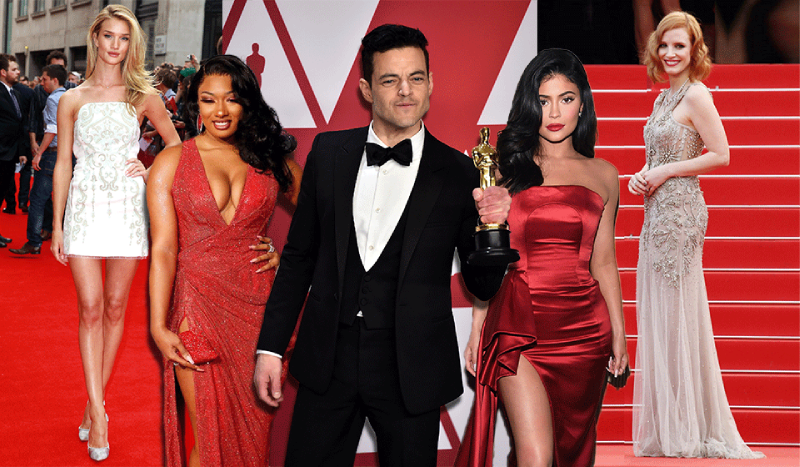
· Trust and credibility:
Celebrities give the things they promote an innate aura of legitimacy and confidence. Their well-known public personas give credibility to their endorsements, increasing the likelihood that buyers would accept the dependability and quality of the goods they support.
· Trendsetters of the latest fashion:
Celebrities frequently influence the latest trends in lifestyle and fashion. Their decisions and support can swiftly establish new trends, inspiring others to embrace tastes and fashions.
· Generate brand awareness:
Traditional celebrities’ endorsements may significantly raise brand recognition. Due to their widespread appeal and media presence, businesses can reach a larger audience and improve recall and recognition.
· Emotional influence:
Fans frequently have an emotional bond with the celebrity they like. Customers may have an emotional inclination towards a product promoted by their highly valued celebrity, which may encourage them to buy it.
The Sway from Celebrities to Influencers
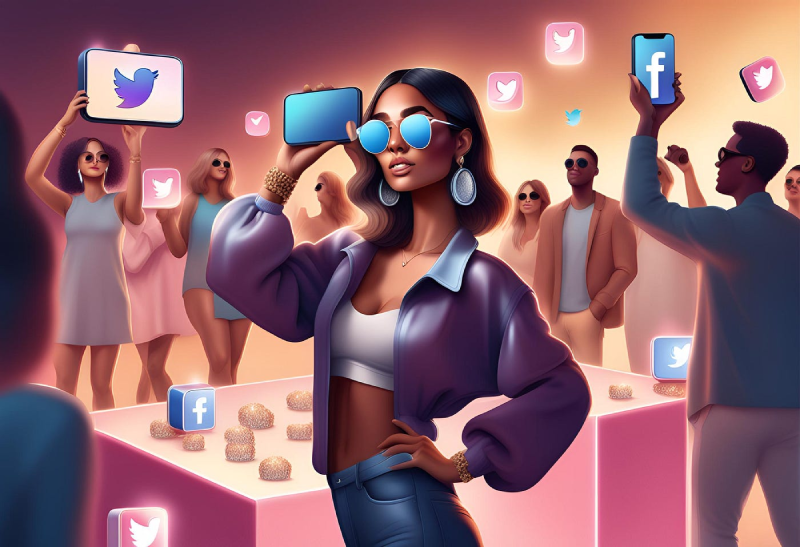
From conventional superstars to internet influencers, the terrain of fashion influence has changed tremendously. Below are ten trends showing how fashion influencers increasingly row people’s decisions regarding clothing and associated products.
1. Authenticity and Relatability:
Authenticity is critical for fashion influencers as they often share real-life events and personal tales that resonate with their audience. Influencers are more relatable because they present their true self, as opposed to the frequently manicured image of traditional celebrities. Influencers have amassed enormous fan bases by offering glimpses into their unedited lives, which makes their style decisions feel genuine and approachable.
2. Niche Focus and Targeted Audiences:
Whether it’s plus-size apparel, streetwear, or sustainable fashion, influencers frequently cater to specialized markets. Thanks to this focused strategy, they may establish a strong connection with particular audience segments.
3. Higher Engagement Rates:
When it comes to social media engagement, influencers usually outperform celebs. Likes, comments, shares, and direct messages are all part of this interaction, opening up a contact line for both parties. Micro-influencers, or those with 10,000 to 100,000 followers, produce up to 60% more interaction than superstars, according to Markerly’s research.
4. Real-Time Influence and Feedback:
Real-time product reviews and influencer comments have a big influence on followers’ decisions about what to buy. Influencers can provide real-time updates and comments on platforms like TikTok and Instagram Stories, which makes their endorsements pertinent and topical.
5. Visual Storytelling:
A critical component of an influencer’s attractiveness is their ability to communicate stories visually. They employ visually appealing feeds, videos, and high-quality images to capture their audience. They captivate millions of followers with their captivating fashion narrative through striking pictures.
6. Community Building:
Influencers establish strong communities around their individual companies. Regular interactions with their followers help build a sense of loyalty and belonging. Because of this communal component and fashion narratives, their followers are more likely to feel connected to them and to believe their fashion advice. Influencers entice millions of admirers into their chic realm.
7. Data-Driven Decisions:
Brands facilitate influencer partnerships using data-driven insights. To guarantee successful collaborations, they analyze audience demographics, content performance, and influencer engagement data. Moreover, some tools give marketers comprehensive statistics to help them select the ideal influencers for their campaigns.
8. Diverse Representation:
Influencers represent a wide range of body types, nationalities, and styles, hence offering diverse representation in the fashion industry. A larger audience finds attraction in this inclusion. Influencers who support body acceptance have evolved into symbols of many ideals of beauty and style.
9. Economic Efficiency:
Brands may find working with influencers more affordable than hiring famous people as spokespersons. Influencers provide a more profitable return on investment (ROI) by addressing specific audiences at a reduced cost. According to a survey conducted by Influencer Marketing Hub, companies profit an average of $5.20 for every $1 invested in influencer marketing.
10. Social Proof and Peer Influence:
Influencers are more convincing when they are viewed as peers rather than as far-off superstars by their followers. Because of the social proof effect, when influencers advise a product, their followers see it as a recommendation from a friend they can trust. Influencers with a large following use their trust and knowledge to sway their followers’ decisions on appearance and style.
Conclusion
The argument over the relative impact of conventional celebrities vs fashion influencers is fascinating in the ever-evolving world of fashion. Established superstars have long held sway with their star power and general familiarity, but fashion influencers provide a new, approachable, and frequently more genuine viewpoint. Their capacity to generate material in real-time, specialization in a particular specialty, and direct interaction with followers all contribute to their distinctive attraction to modern audiences. In the end, conventional superstars and fashion influencers have a lot of impact, but in different ways. Influencers are great at building community and trust with their personal touch, while superstars use their well-established reputations and wide appeal. The real strength is how businesses can deliberately combine these factors to create stories that captivate consumers and appeal to various demographics. Hence, the fashion industry provides a platform for both to flourish and influence our wardrobe choices, regardless of whether you’re mesmerized by celebrity glamour or motivated by the newest social media trendsetter.

